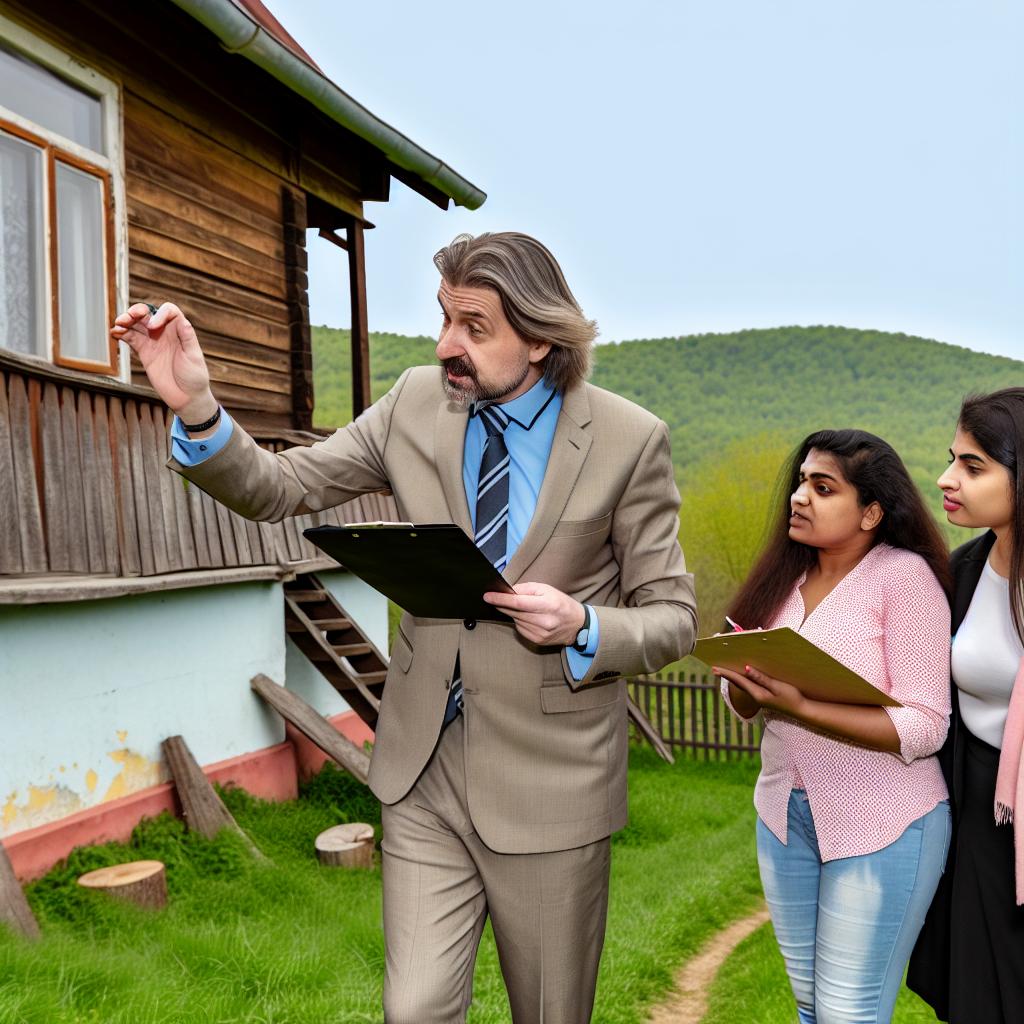What to look for in a second home inspection

Importance of a Second Home Inspection
A second home inspection can be a critical step in the home-buying process, ensuring that any issues that might have been overlooked during the initial inspection are identified and addressed. It serves as a valuable tool for confirming initial findings and potentially uncovering new concerns. Undertaking a second, thorough examination of the property provides more assurance that your investment is secure and that any commitments made by the seller are being upheld.
Evaluate Previous Findings
During the second home inspection, it’s essential to revisit the findings of the initial inspection report. This process begins with a close review of the documented issues to ensure that they have been resolved as promised. By comparing the current state of the property with the initial inspection report, you can verify if the issues previously noted have been addressed, ensuring the property’s condition aligns with the seller’s representations. It’s crucial to check whether repairs or improvements that were promised have been completed satisfactorily.
Assess Improvements and Repairs
When inspecting repairs made after the initial assessment, it is crucial to scrutinize the quality and thoroughness of these improvements. It is advisable to bring documentation of the repairs carried out and ensure that professional standards were met. This may involve reviewing receipts, warranties, or invoices that detail the work performed. Pay attention to workmanship quality and whether any warranties or guarantees are in place, as these can offer protection against future issues with the repair work.
Identify New Issues
Even if the first inspection was thorough, new issues may arise in the meantime. Seasonal weather changes or negligence may reveal hidden problems, such as leaks or pests. Expanding and contracting of building materials with changing temperatures might cause new structural cracks, while increased humidity can lead to the growth of mold where none was visible before. A second inspection is an opportunity to identify these issues before finalizing the purchase, thereby preventing unexpected expenses or complications after the deal is sealed.
Focus Areas for a Second Home Inspection
While the entire property should be evaluated, certain areas often demand closer attention. These areas can be more prone to issues or may have significant implications for the property’s value and livability if problems are discovered.
Roof and Attic
Ensure the roof is free from damage such as missing shingles, sagging areas, or other signs of wear that could lead to leaks. Examine flashings around chimneys and skylights for potential failure points. Additionally, the attic should be checked for proper insulation, ventilation, and signs of water damage or pest infestations. Adequate insulation can significantly impact energy efficiency, while good ventilation is essential to prevent moisture buildup that can lead to damage or health issues.
Basement and Foundation
A detailed inspection of the basement and foundation is vital. Look for signs of moisture or cracks, as these could indicate structural issues that may require costly repairs. Pay particular attention to musty odors or efflorescence, which is a white powdery substance on walls indicating moisture intrusion. Ensure that any waterproofing systems are effective, especially following recent weather events, to prevent future water problems which could result in further structural complications.
Electrical and Plumbing Systems
It is necessary to verify that electrical systems are up to code and functioning efficiently. This includes checking for exposed wires, faulty circuit breakers, and ensuring that outlets are properly grounded. Plumbing should also be inspected for leaks, proper pressure, and adequate drainage performance. Any recent updates to these systems should be thoroughly examined to ensure they have been implemented correctly and safely, avoiding any potential hazards or further repair costs.
Heating and Cooling Systems
Testing heating and cooling systems is crucial to confirm they are in good working order. This includes checking thermostats for accuracy, examining filters and ductwork for maintenance needs, and ensuring there are no unusual noises or inefficiencies when the systems are running. Adequate heating and cooling are essential for comfort, energy efficiency, and in some cases, they may impact the home’s insurance costs or resale value.
Professional Oversight
Consider bringing in a professional inspector for this second evaluation. Their expertise can offer a more detailed and expert analysis of the property’s condition, helping to ensure peace of mind. An expert can catch subtle signs of potential problems that might be missed by an untrained eye. They can also offer a comprehensive report that outlines both existing issues and potential future concerns, providing valuable insights that can aid in decision-making during the purchasing process.
Final Considerations
Ultimately, a second home inspection is a proactive step to protect your investment. By revisiting previous findings, assessing repairs, identifying new issues, and focusing on critical areas, you enhance your confidence in the purchasing process. Taking these steps can result in better financial decisions and ultimately a home that meets your expectations without hidden problems. For more information on finding qualified inspectors, consider visiting this resource. By leveraging professional insight alongside your own observations, you increase your chances of a successful and satisfying home purchase.
